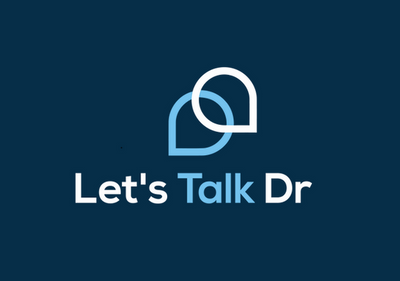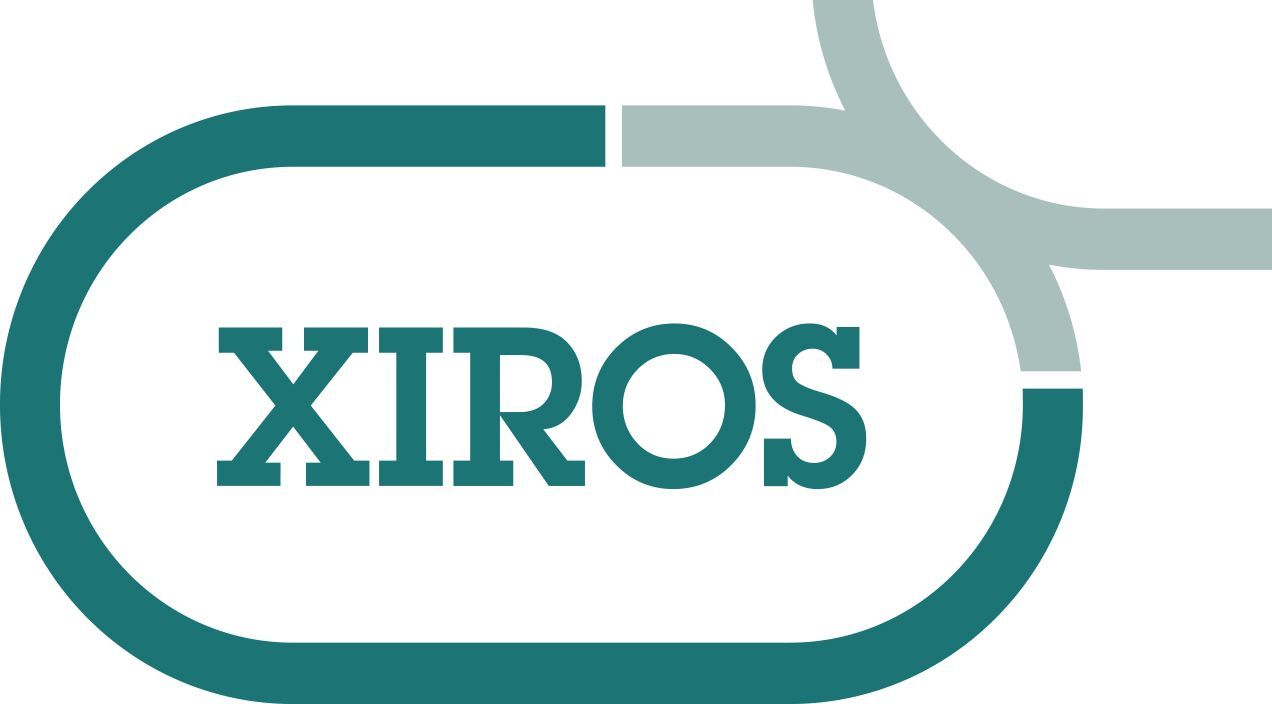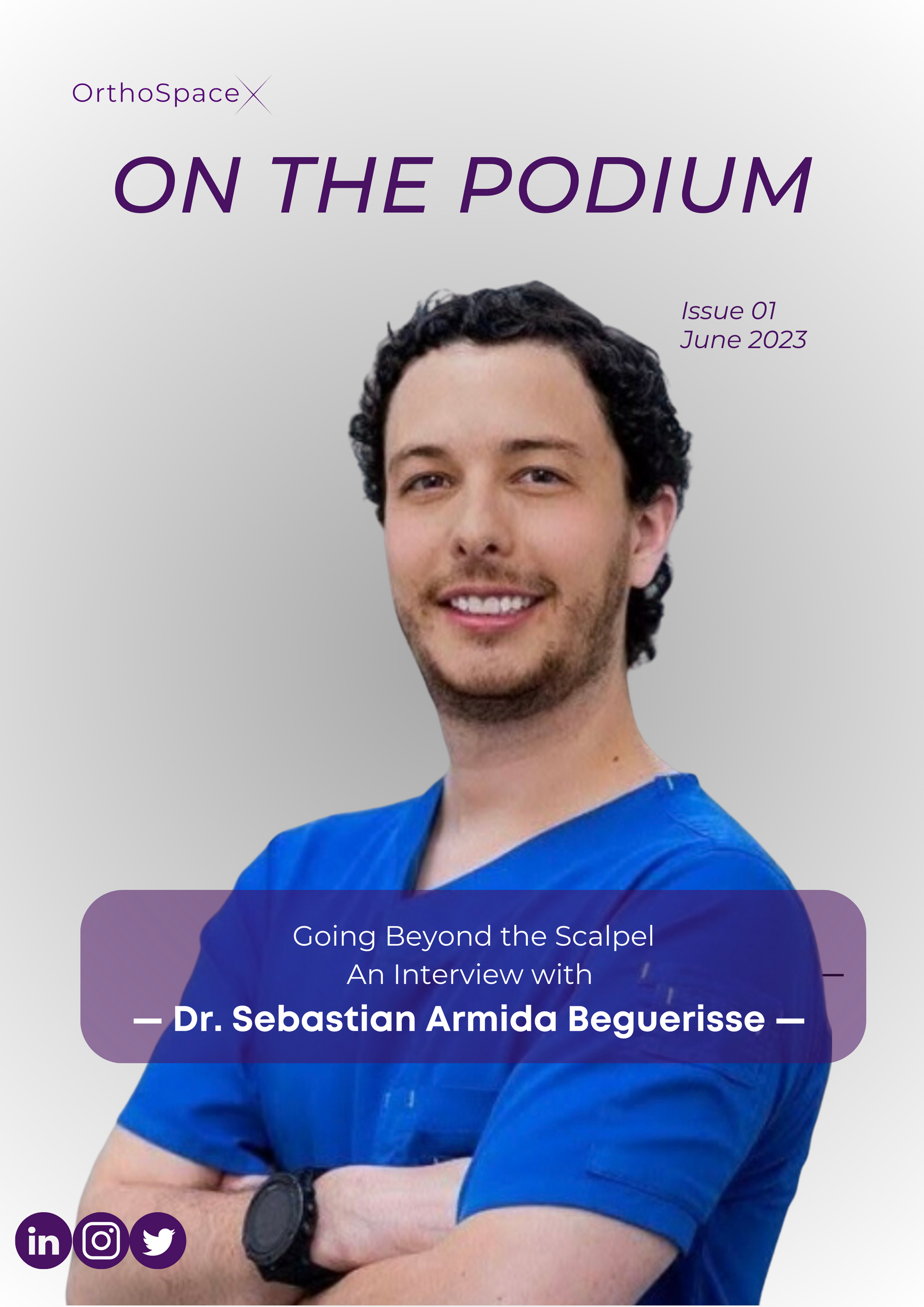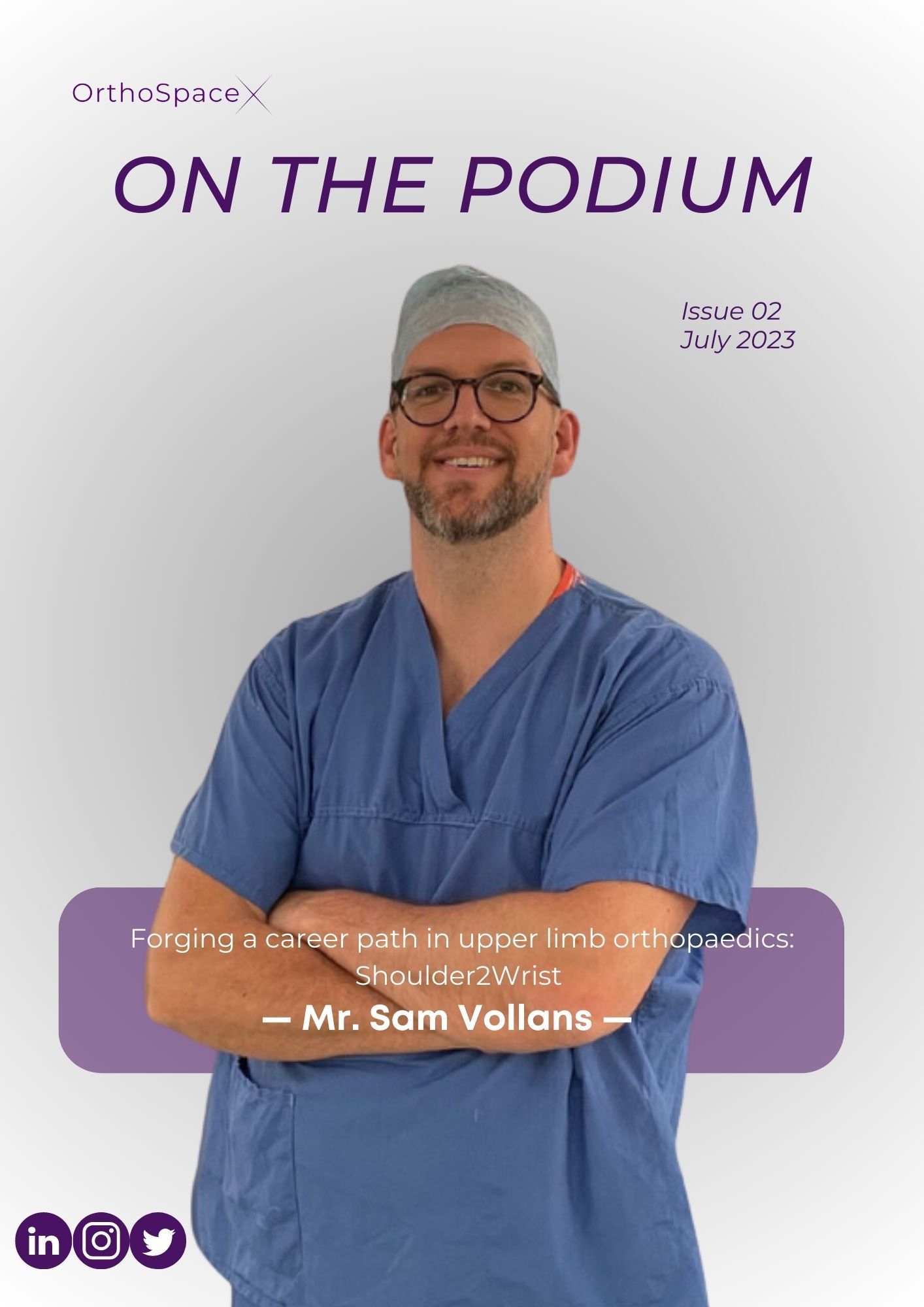The Inventive Mind:
A Journey of Innovation, Discovery, and Synthetic Ligament Breakthrough
— Dr. Bahaa Seedhom —
Issue 14, May 2025
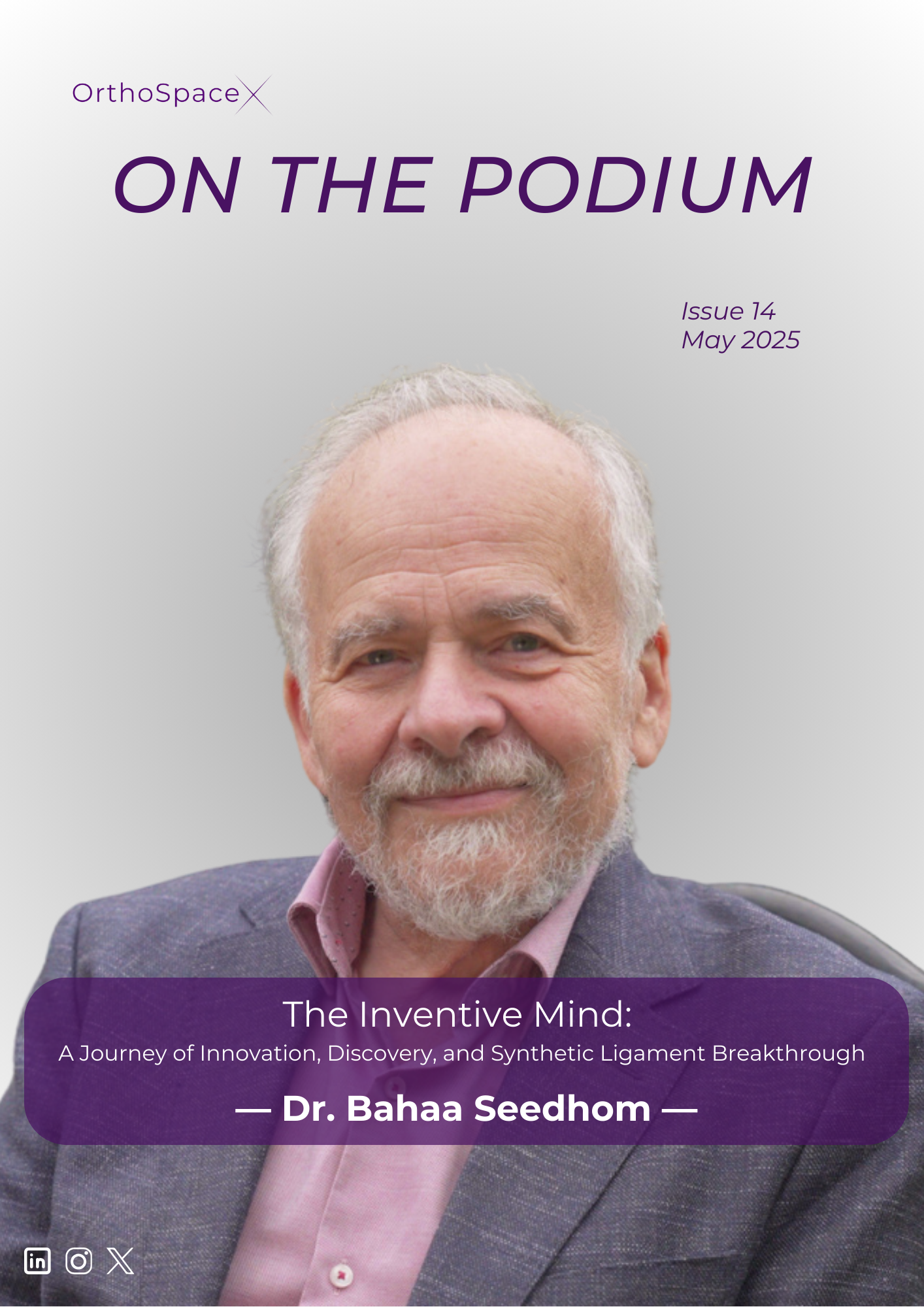
What early experiences in your life ignited your passion for medical innovation and led you to explore the development of synthetic ligaments?
All I can say about my early experience is that when I was a kid, I wanted to be a medic. But my good father coerced me to get into engineering, and while consenting grudgingly I did well in my first degree. Subsequently I did a PhD in textiles engineering at Leeds University, after which I still hankered after being a medic! This hunger found its satisfaction when I Joined the bioengineering group that has been formed two years earlier. That group, a consortium of engineers and medics, was led by two professors one from the Department of mechanical engineering, Professor Duncan Dowson. And, Professor Verna Wright, head of the other department, the Rheumatism Research Unit, Leeds Medical school.
Looking back at your collaboration with Dr. Kyosuke Fujikawa, what was it about your partnership that allowed you to push boundaries and develop the textile-based implant for the ACL?
Dr Kyosuke Fujikawa, a Japanese orthopaedic surgeon from Keio University, did his MPhil degree with me at the Unit. During his stay we discussed the possibility of using polyester yarn for developing an artificial meniscus. He suggested, “why don't we start with something simpler like the ACL”? And this is where it all started, and it was very serendipitous. But I must confess that I had to learn about the ACL as then I knew nothing about its function or of the significance of its injury. Before Kyosuke returned to Japan, we did some preliminary experiment on a pig's knee in the lab, and then on five living pigs. Promising data from the pig experiment encouraged Kyosuke to start reconstructing the ACLs in his patients with some of the implant material that he took with him. The first case, I think, was around February 1981 or 1982.
Can you describe the biggest challenges you faced in the early stages of developing synthetic ligaments, and how you overcame them?
The biggest challenge was finding a company to take on that device, to manufacture and to commercialize it. Then, I was so naive, and so surprised that those we approached were totally uninterested and dismissive. Now I understand why.
However, thanks to my boss, Verna Wright, who gave me his staunch support to found a company to manufacture and commercialize the device.
How do the biomechanics of synthetic ligaments differ from those of natural ligaments, and how did you address these differences?
Probably we're referring to the mechanical properties, namely strength and stiffness. The natural tissues’ properties vary between individuals. The length of a natural tissue graft does also vary. The variations in dimensions and strength can render them unreliable. By contrast with synthetic ligaments, you have consistency; surgeons get exactly what they expect when they open a package. However, I must point out that synthetic ligaments are stiffer, or less stretchy under the same loads than natural ligaments.
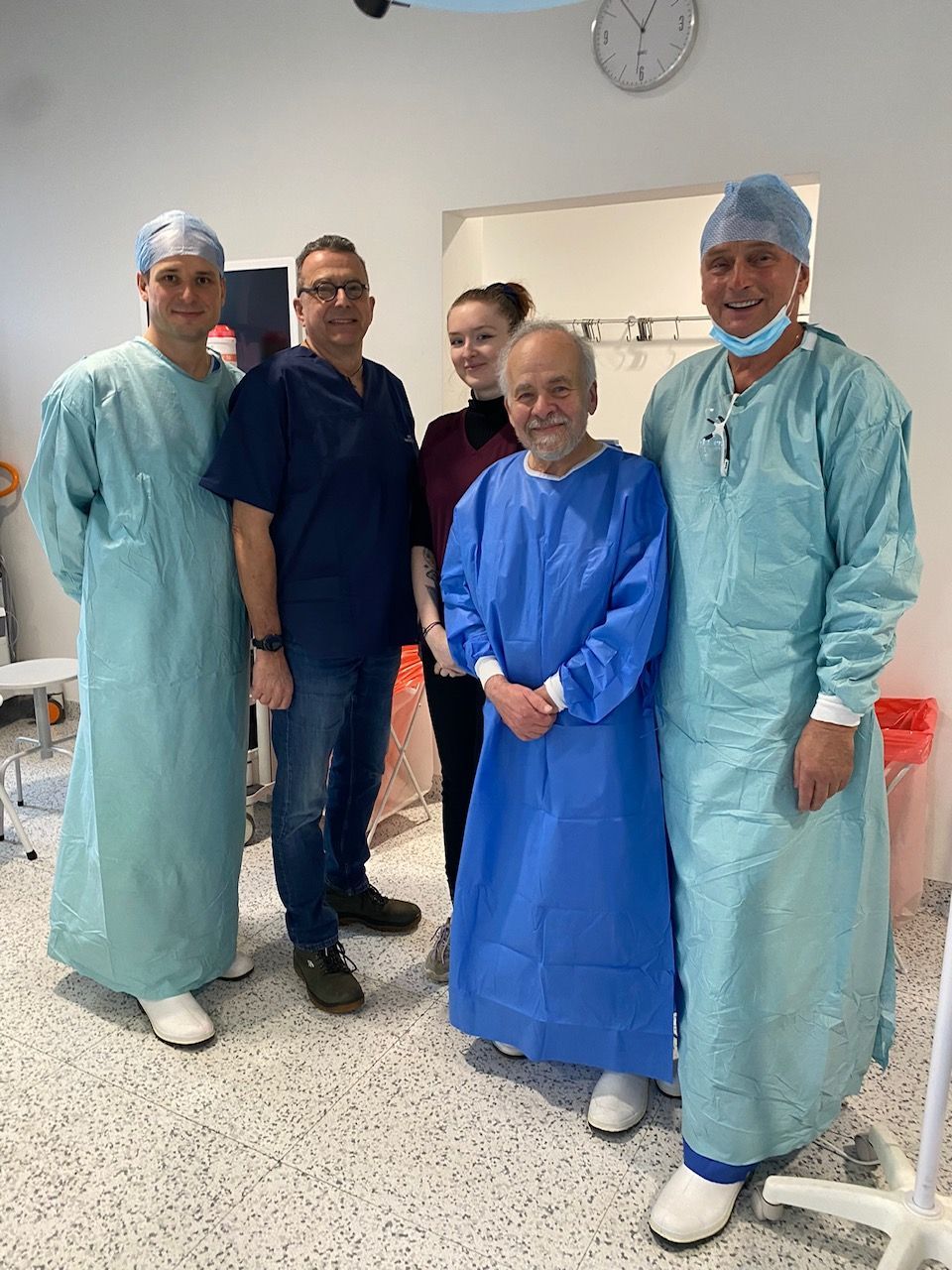
What specific structural features have been included to ensure the long term durability of the implant under repeated mechanical stress?
Material choice was a matter of foremost importance. It had to be safe and known to be acceptable to the body. It had to possess mechanical properties that enabled constructing devices with close properties to the natural tissues. But one distinct feature of our devices is its basic loose weave, which allows them to be efficiently colonized by tissue. Of course this is a natural body process. But, if you want a device to be colonized with tissue that can either increase its strength or protect it from abrasion, you must have it designed with sufficient space for tissue to grow into. So, the structure, the loose structure is a distinct feature of our devices.
What has been the most rewarding aspect of seeing your synthetic ligaments being used to treat patients worldwide?
It's precisely what you just said, seeing our devices used successfully in patients worldwide is a most rewarding experience. I hope this is the same for my colleagues, and for the surgeons using our products.

How did your background and upbringing influence your decision to focus on a field as specialised and challenging as orthopaedic implants?
It might have been the stubborn streak passed on in the genes I inherited from my father, Mr Botros Seedhom.
What key attributes do you look for when selecting leaders within Xiros, and how do these attributes contribute to the company's success?
A leader must have appropriate qualifications, by this is meant the required knowledge to perform their role efficiently. Leaders must be persons of unquestionable integrity. Then, they must have convincing track records. Compromising on any of these requirements would be courting disaster for the future of any company.
What is the legacy you hope to leave behind, both in terms of the innovations you’ve created and the culture you’ve cultivated at Xiros?
Thank you for this question. A major legacy I hope to leave is the company itself and its people, with its particular ethos, especially in the tough field of medical products. Xiros is a people's company and tries to operate with integrity and to cultivate mutual loyalty with its people. This is evidenced by the number of people who have stayed with us for periods in excess of two decades. Another legacy is the useful products and their impact on people's lives. Equally important is the culture behind developing these products with uncompromising quality. One such product was developed some 26 years ago. Of this we have manufactured around 3.7 million units. We hope that each one of these made a positive impact on the recipient’s.
What are the moments or achievements in your career that bring you the most fulfilment, and why?
The first time to witness a case in which a surgeon used one of our devices in a patient was a very special and exciting moment. Always full of emotions, those of relief and satisfaction after much challenging work on part of the team, and also of hope mixed with anxiety; will it be successful?
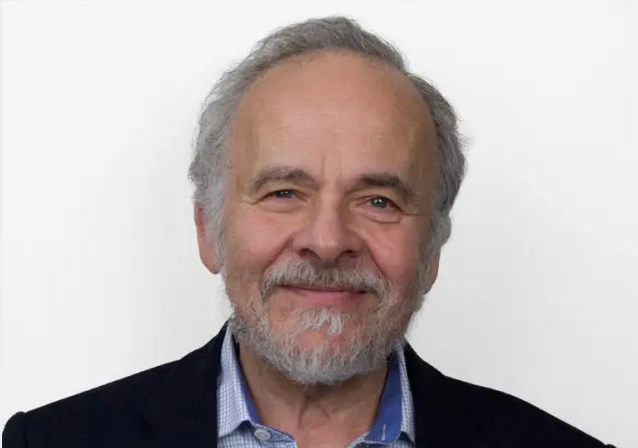
What advice would you give to young innovators who aspire to make a difference in the medical field, particularly those who wish to follow in your footsteps?
My advice is that they when developing implant devices, they should not work in isolation but collaborate with groups, not single individuals. These groups should comprise the device’s prospective users (e.g. surgeons), potential manufacturers, and colleagues in the quality and regulatory teams. Most important is that they should practice exchanging knowledge with their collaborators. They must never compromise their scientific integrity and follow the scientific principles they have learned. But they should do so while maintaining humility and deference to all colleagues participating in a project.
We would like to thank Dr. Bahaa Seedhom for his insight.
Thank you for being part of Our Community
We believe in pushing boundaries, sharing knowledge, and highlighting the people and ideas shaping the future of orthopaedics. On the Podium is our platform for showcasing the journeys, challenges, and breakthroughs of those making a positive impact in the orthopaedic community.
If you’ve found value in these stories, we encourage you to stay connected. Follow us on social media for the latest updates, subscribe to our email list for exclusive content, and share these insights with others who might find them just as inspiring.
Your engagement helps us continue to bring important stories to light and grow a community of forward thinkers.
Thank you for reading, supporting, and being part of this journey. We look forward to exploring more with you.
Thank you to our sponsors:
To download this issue of On The Podium, click below.

Sign up to On The Podium. The latest insights and inspiration from orthopaedic specialists around the globe sent straight to your inbox.
On The Podium
The newsletter brought to you by OrthoSpaceX
| Engage with Orthopaedic Leaders | Exclusive orthopaedic insight | |
| Stay Ahead in Orthopaedic Advancements | Uncover Surgical Innovations | |
| Empower Your Orthopaedic Knowledge | Unlock the Minds of Orthopaedic Specialists |


